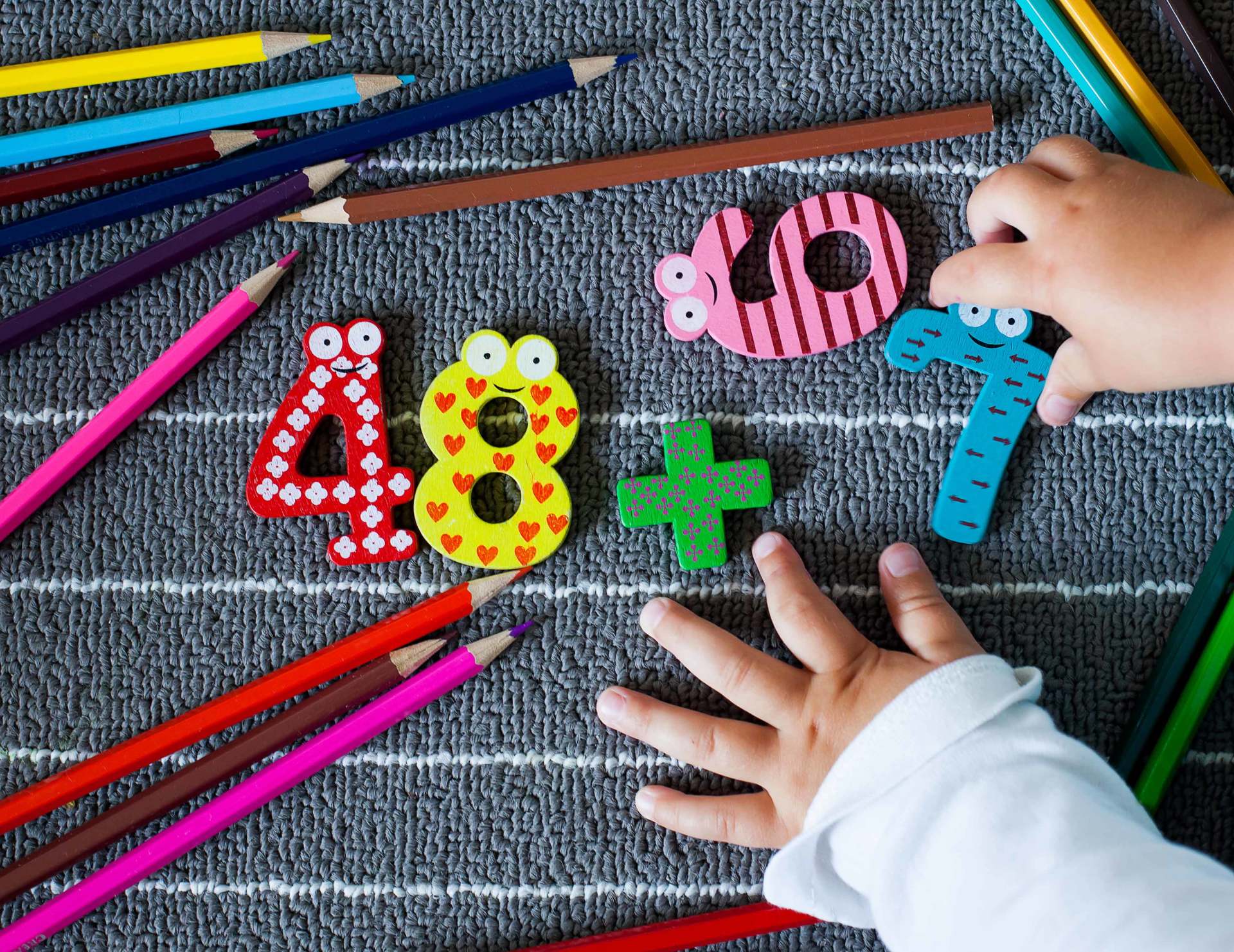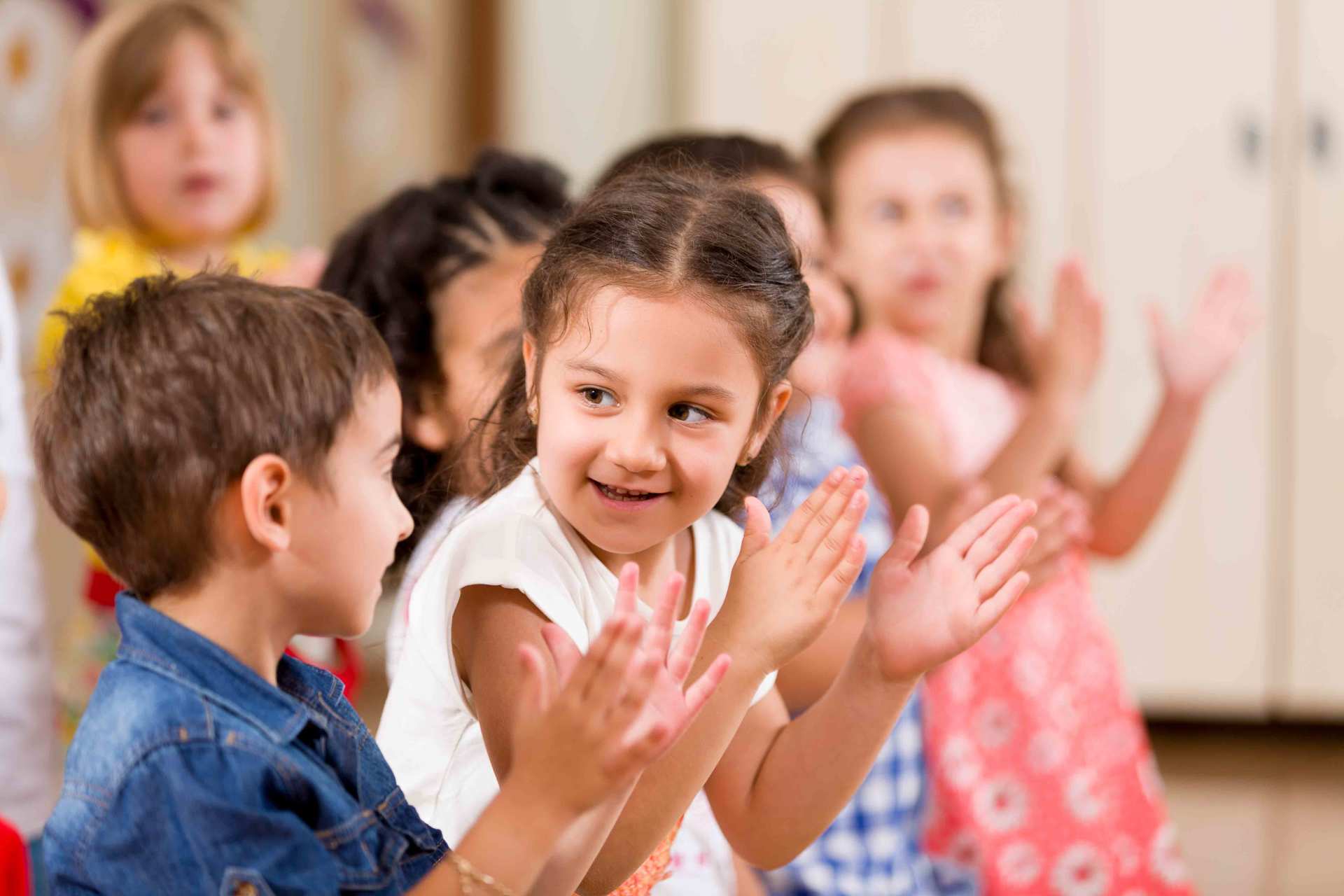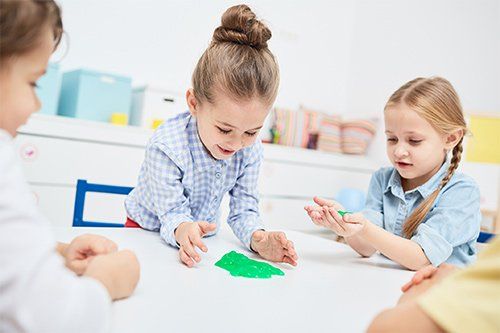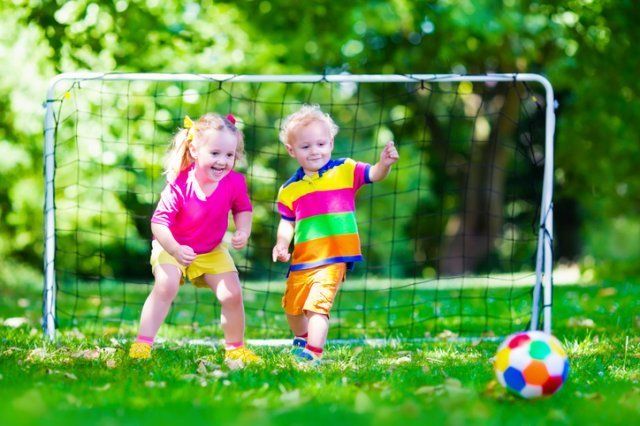Preschool Math: Adding It up at Home
- By Admin
- •
- 18 Jun, 2018
- •
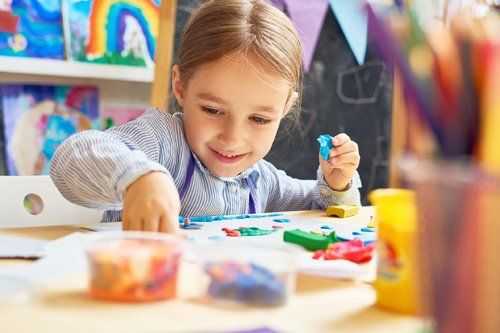
Your child's preschool day is filled with plenty of creative play. With everything that your child does at daycare, you may wonder what exactly they're learning. The simple answer to this question is a lot.
From science and math to art and music, the quality preschool curriculum fills the young child's day with opportunity after opportunity to make discoveries, grow and develop. Even though some subjects may seem challenging for a 3, 4 or 5-year-old to tackle, the early years are a time to build a groundwork for future academic success.
One of the primary areas that young children work on almost daily (or daily) is math. Your preschooler is learning basics about numbers, patterns, measurements and shapes. The learning doesn't have to end when your child walks out of the daycare's doors. Take a look at how you can help your young child build math skills at home.
Making Measurements
There's no need to take out the measuring tape and school your preschooler in how to add quarter-inches together. The key to making math exciting, engaging and downright bearable to preschoolers is taking it to their level. This doesn't necessarily mean "dumbing it down." Instead, get creative and go beyond what seems like the norm.
When it comes to making measurements, the goal is to help your child understand one concept at a time. This might mean getting a grasp on longer versus shorter distances or bigger versus smaller sizes. Instead of always using a traditional measurement tool, try measuring things with your child's feet, their shoes or even gloves/mittens that you line up.
Ask your child to make comparisons between different measurements. This may mean asking which is longer, the sandbox or the swing set, or something similar.
By the time your child is four, it's likely that they can count to 10 (possibly 20). Help your child to build counting skills by using the world around them. There are a few ways to use environmental print and everyday objects. You can reinforce number identification skills by asking your child to find the numbers 1 through 10 in their surroundings.
Another option is to count specific sets of objects. This could be 1 through 10 trees at the park, pieces of pizza, ice cream cones, rocks, squirrels or anything else that you see more than one of.
Geometry Games
Geometry may sound like it's much too complicated for a young child. But, in reality, the basics only involves recognizing and identifying shapes. Art is an ideal way to help your child to learn about this math subject.
Use stampers, stencils, or homemade templates to help your child print or draw different shapes. As they create shape art, ask them to name the shapes. Hang the artwork up and refer to it often, asking your child to identify circles, triangles, squares, and rectangles.
Patterns at Play
Get playful with patterns after the school day is done. Pattern-based activities don't require special materials, and you need very little prep. Grab any item that you have multiples of (such as blue socks or red toy cars). Now find a different item that, again, you have multiples of.
Give the items to your child and have them create patterns by lining the objects up. Your child can create patterns by size, color, shape, type of object or any other attribute. As your child gets batter at this math activity, introduce a third (or fourth or fifth) set of items to add in.
Are you searching for a new childcare center for your preschooler? Contact Riviera Children's Center for more information.
Sending your child to preschool can be exciting for you and your little one. Learn how you can use after-school activities to support their education.
